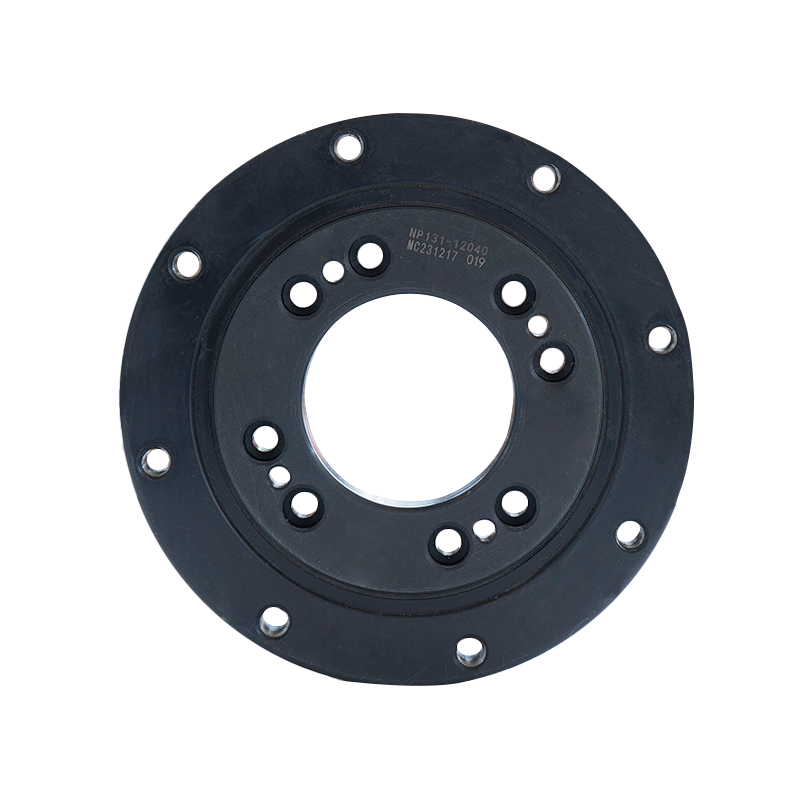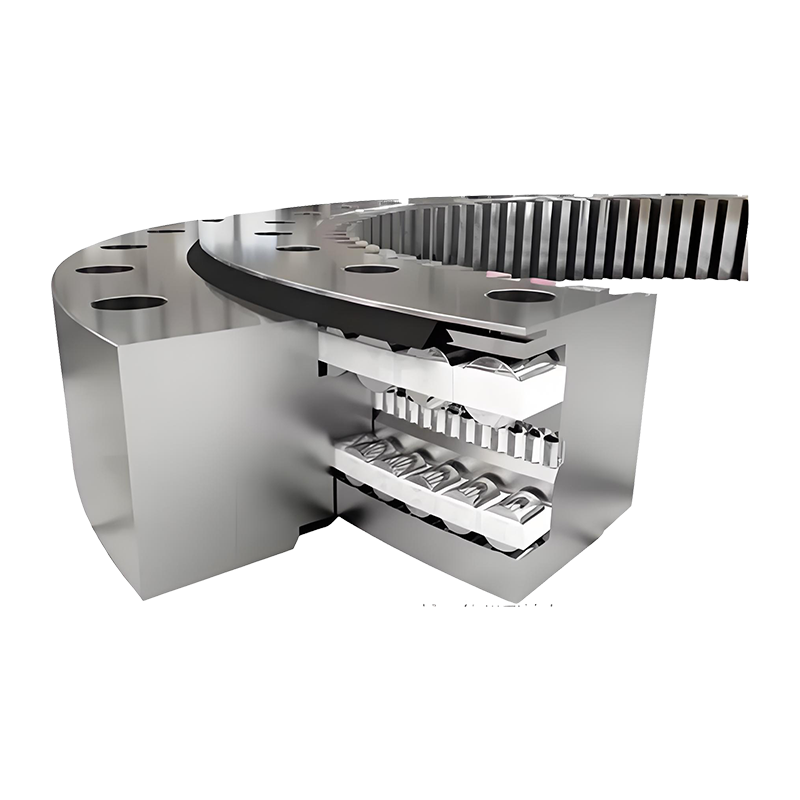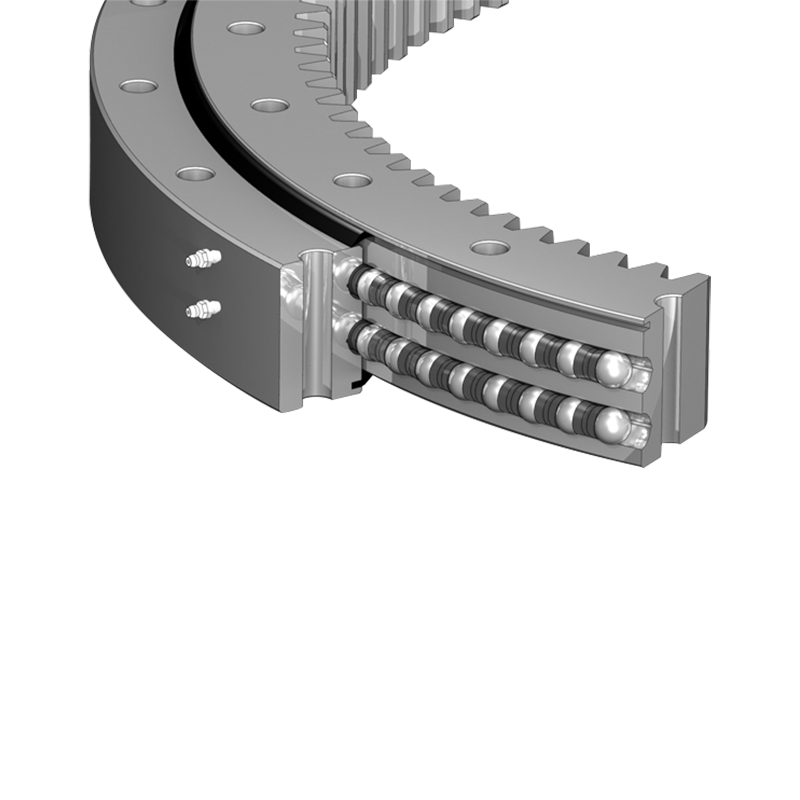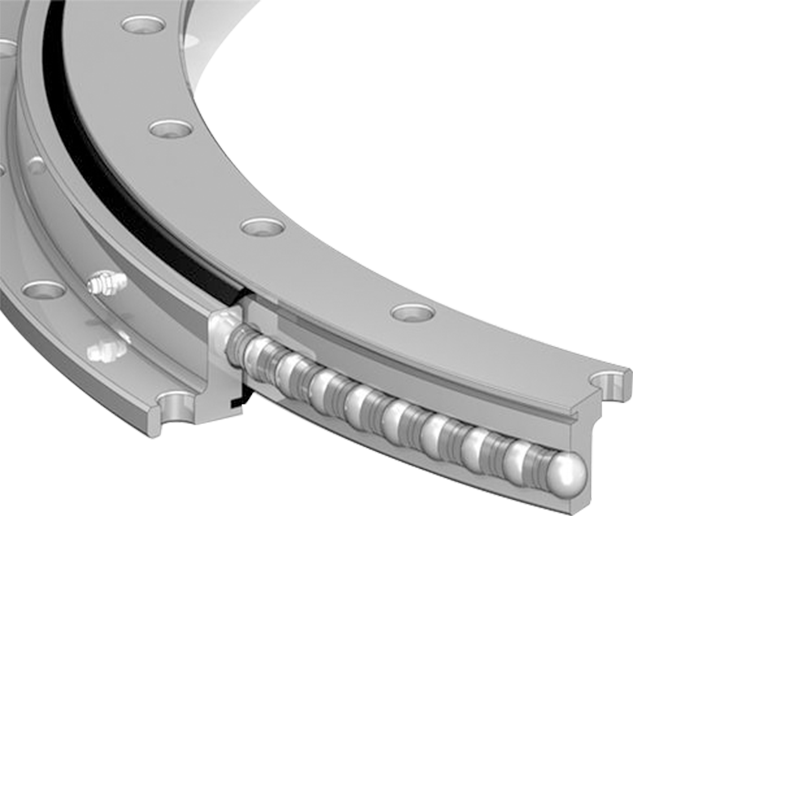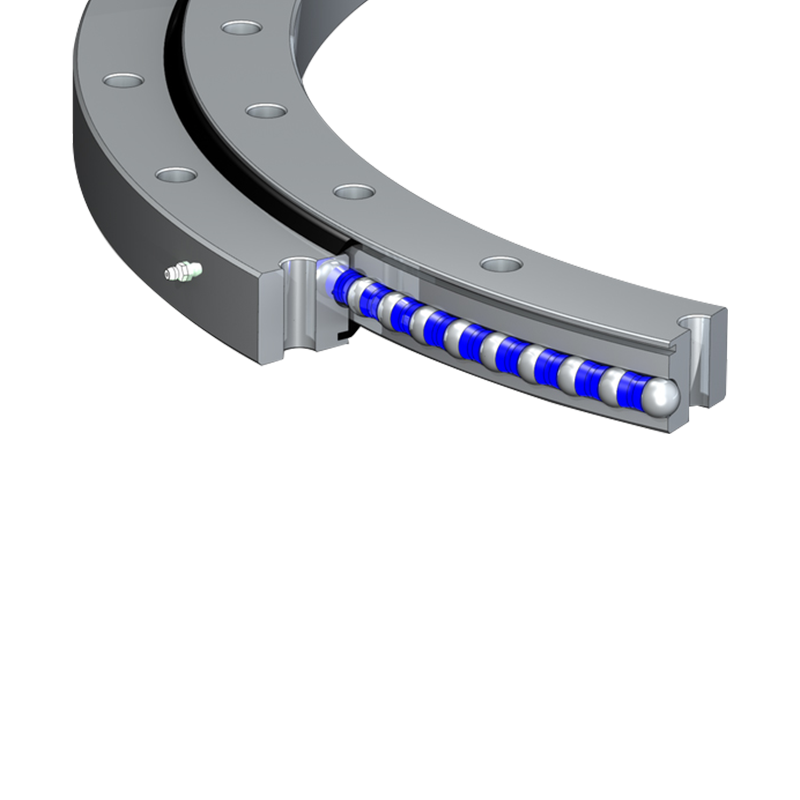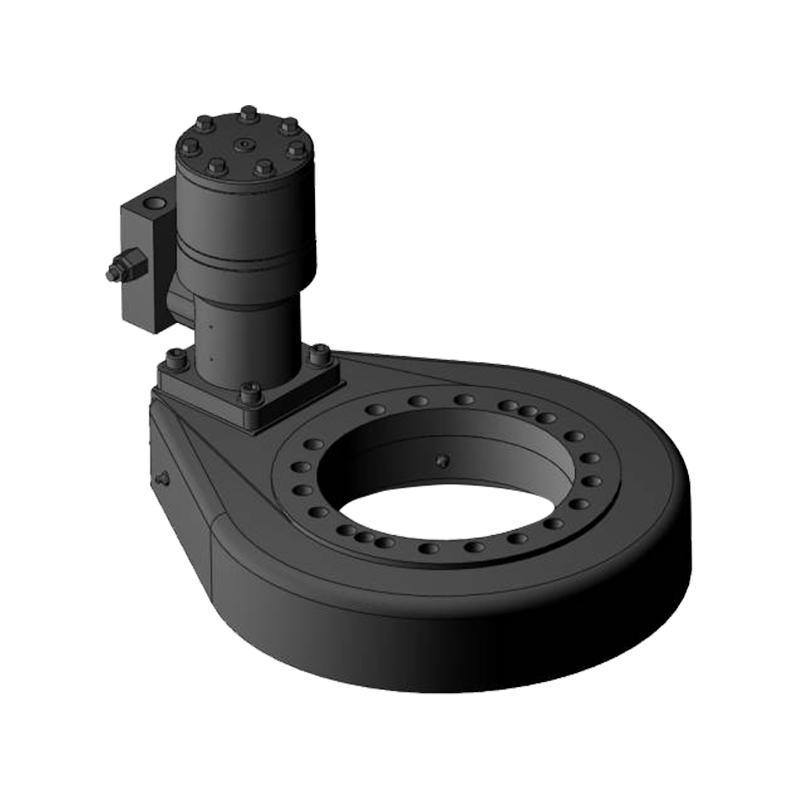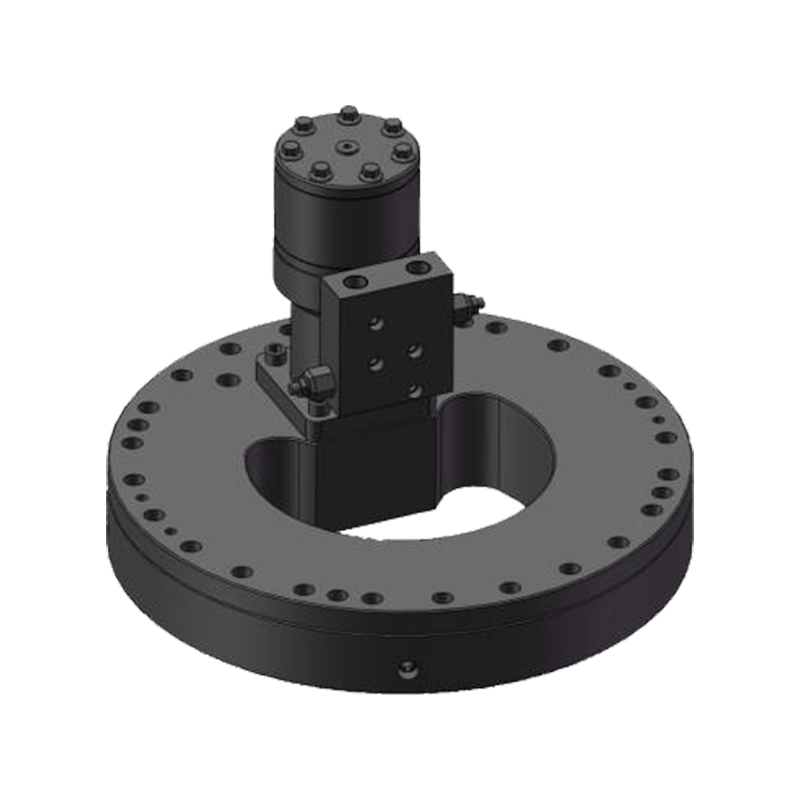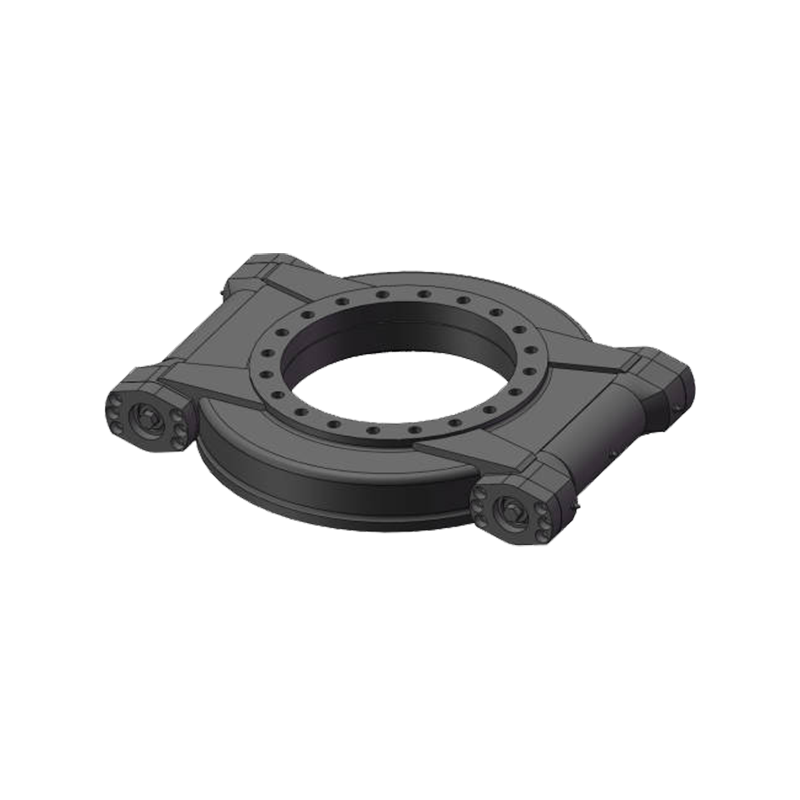How can the rotational speed and precision of hollow rotary platforms be optimized for high-accuracy applications?
 2025.04.18
2025.04.18
 Industry news
Industry news
Optimizing the rotational speed and precision of hollow rotary platforms for high-accuracy applications requires attention to several design and engineering factors. Here’s how you can achieve this optimization:
1. Precision Bearings
-
High-Quality Bearings: The choice of precision bearings is crucial in minimizing friction and ensuring smooth rotation. Ceramic or hybrid bearings, which are made from a combination of ceramic and steel, offer superior precision, reduced wear, and higher speed capabilities compared to traditional metal bearings.
-
Preload Bearings: Applying preload to the bearings can minimize axial play and improve the platform’s stability. This also helps in achieving more precise movement, especially at higher rotational speeds.
2. Drive Systems
-
Servo Motors: For applications requiring high precision, using servo motors or stepper motors can provide more accurate control of rotational speed and positioning. These motors are capable of fine adjustments and consistent rotational speeds, which are essential in high-precision tasks.
-
Closed-Loop Control Systems: A closed-loop control system that continuously monitors and adjusts motor speed can maintain the desired rotational speed even under varying loads. This ensures consistent precision throughout the platform's operation.
-
Gearbox or Reduction Gear Systems: If the rotary platform needs to rotate at slower speeds but with high torque and precision, integrating a gearbox with appropriate reduction ratios can allow for fine control over rotational speed and position accuracy.
3. Feedback and Sensors
-
Encoders: High-resolution optical or magnetic encoders provide feedback on the position and speed of the rotary platform, enabling real-time adjustments to maintain accuracy. These encoders can detect minute changes in position and speed, allowing for fine-tuning of the platform’s performance.
-
Linear Variable Differential Transformer (LVDT): For extremely high-accuracy applications, LVDTs can be used to monitor any shifts in position or movement of the platform. These sensors can provide sub-micron level feedback on the platform’s rotation.
-
Closed-Loop Feedback Systems: These systems, integrated with motors and encoders, allow for continuous adjustment to ensure that rotational speed and position are maintained with high accuracy throughout the operation.
4. Structural Design and Material Selection
-
Low-Weight and High-Strength Materials: The use of materials like aluminum alloys, carbon fiber, or lightweight metals for the platform structure helps reduce inertia, which can improve both speed and precision. These materials also contribute to reducing vibration and enhancing dynamic response during rotation.
-
Minimizing Deformation: Ensuring the structural integrity of the platform is essential to maintain precision. Using robust, rigid materials and careful design to reduce flexing or warping of the platform will minimize any potential sources of error during high-speed rotation.
5. Vibration Dampening
-
Damping Systems: Vibration can be a significant factor affecting precision, especially at high rotational speeds. Incorporating damping systems, such as viscoelastic materials, vibration isolators, or active damping devices, can reduce the effects of external vibrations and internal oscillations.
-
Balancing: Proper balancing of the platform is crucial, as even small imbalances can lead to vibrations that degrade precision. Dynamic balancing during the manufacturing process ensures that the platform operates smoothly at all rotational speeds.
6. Thermal Management
-
Cooling Systems: High rotational speeds can generate heat, which may cause thermal expansion, impacting precision. Using active cooling systems (such as fans or liquid cooling) or passive cooling techniques (such as heat sinks) can prevent thermal effects from influencing the platform's performance.
-
Thermal Compensation: Some high-precision rotary platforms are designed with materials that have low coefficients of thermal expansion, or with systems that can compensate for temperature-induced changes, ensuring that the platform maintains accuracy even in varying temperature conditions.
7. Control Software and Algorithms
-
Advanced Control Algorithms: Implementing sophisticated algorithms that adjust motor speed, torque, and position dynamically based on real-time feedback can optimize rotational speed and ensure precise control. These algorithms help reduce errors caused by external disturbances, friction, and load variations.
-
PID (Proportional-Integral-Derivative) Control: Fine-tuning PID control loops can provide better control over speed and position, correcting small errors in real-time and improving overall accuracy. These control systems continuously adjust parameters to minimize the error between the desired and actual rotation.
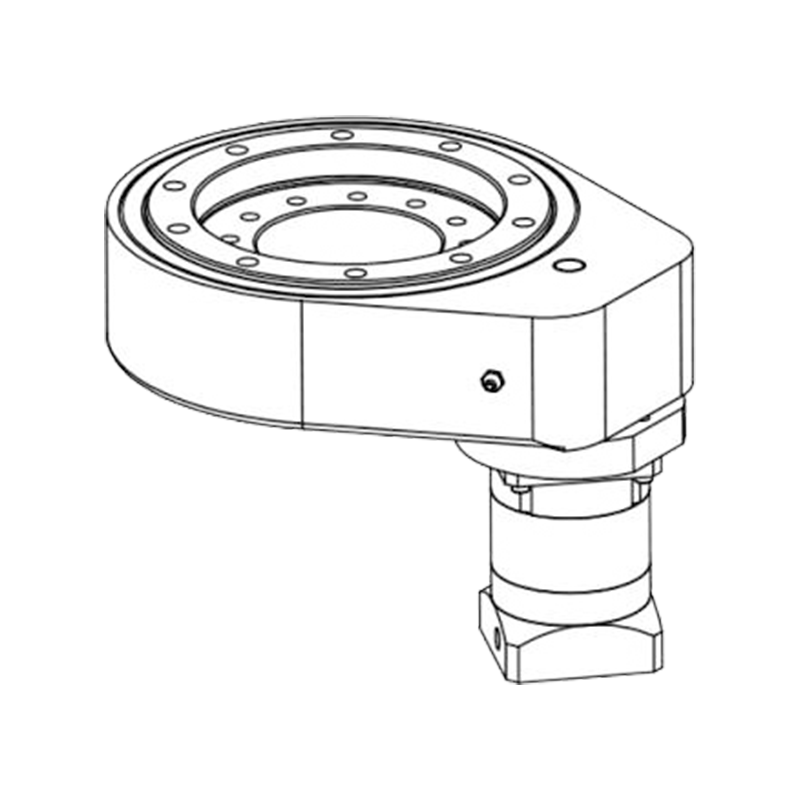
8. Rotational Stability
-
Gyroscopic Effects: High rotational speed can cause gyroscopic effects that may affect the precision of movement. Counteracting these effects through design (such as using counterweights or stabilizing systems) helps maintain the platform's stability and rotational accuracy.
-
Dynamic Balancing: The hollow rotary platform’s design should ensure that the distribution of mass is balanced, as imbalances can lead to centrifugal forces that negatively affect precision and smooth operation at high speeds.
9. Lubrication
-
Advanced Lubrication Systems: Proper lubrication is essential to minimize friction and wear on the moving components, especially at high rotational speeds. Using high-quality lubricants and applying them in a controlled manner (e.g., through automatic lubrication systems) ensures consistent performance and longevity.
-
Grease vs. Oil: For high-speed applications, choosing the right lubrication—oil or grease—based on viscosity, thermal stability, and compatibility with the operational environment is critical to maintain smooth and precise motion.
10. Integration with External Systems
-
Synchronization with Other Equipment: In some applications, hollow rotary platforms may need to be synchronized with other machinery or robotic arms. Ensuring compatibility and synchronization with external systems (such as conveyors or CNC machines) through communication protocols or networked controls helps maintain precise movement and operation.



